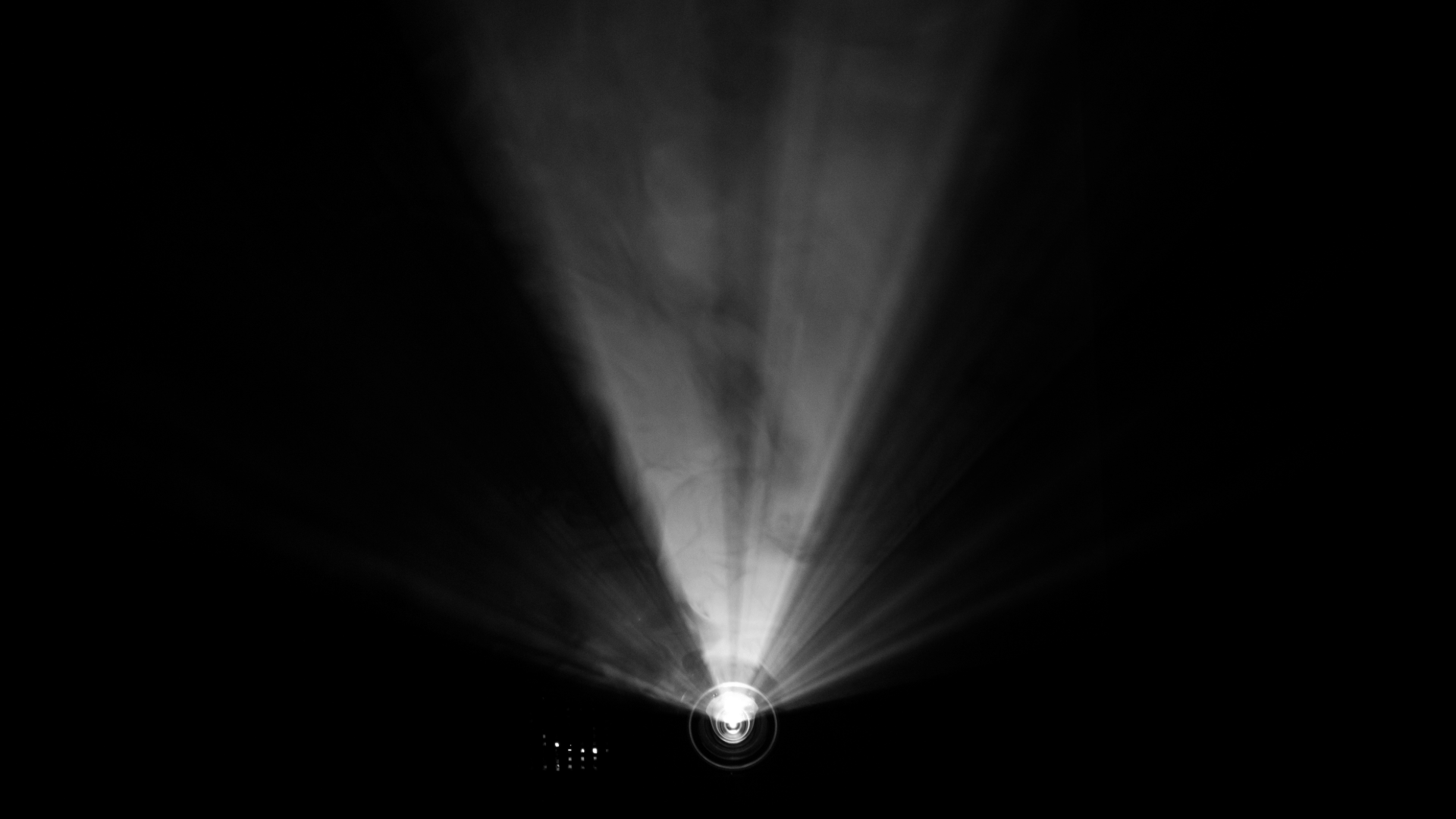In the realm of visual technology, the concept of visual blending stands as a testament to the ingenuity and creativity of modern projection systems. Visual blending refers to the art of seamlessly integrating multiple projectors to create a unified and immersive image, transcending the limitations of individual projections. In this blog post, we’ll delve into the fascinating world of visual blending, exploring the techniques, technologies, and applications that make it possible to erase the boundaries between individual projections and create stunning visual experiences.
Understanding Visual Blending
At its core, visual blending is about creating a cohesive and seamless image by combining the outputs of multiple projectors. This process involves carefully aligning the projectors, adjusting their brightness, colour, and focus settings, and blending the overlapping areas to create a smooth transition between projections. The goal is to create a unified image that appears as if it were projected from a single source, eliminating any visible seams or inconsistencies.
The Technology Behind Visual Blending
Achieving seamless visual blending requires advanced technology and precision engineering. High-resolution projectors with powerful optics and sophisticated image processing capabilities are essential for producing crisp, detailed images. Additionally, specialized software tools allow technicians to calibrate and align the projectors with precision, ensuring that each pixel is seamlessly blended with its neighbours. By leveraging cutting-edge hardware and software, visual blending systems can create immersive displays with unparalleled clarity and realism. Go check out my post on Resolume’s Arena software: Unveiling The Magic: The Benefits of Resolume Arena Software in Visual Artistry
Techniques for Achieving Seamless Blending
Several techniques are used to achieve seamless blending between projectors. Edge blending involves overlapping the edges of adjacent projections and adjusting their brightness and colour to create a smooth transition. Colour matching ensures that the colour reproduction is consistent across all projectors, eliminating any visible discrepancies in hue or saturation. Geometry correction corrects for distortions caused by irregular projection surfaces, ensuring that the image remains perfectly aligned and undistorted.
Applications of Visual Blending
Visual blending has a wide range of applications across various industries. In the entertainment industry, it is used to create immersive multimedia experiences in theme parks, museums, and theatres. In corporate settings, it is employed for large-scale presentations, product launches, and virtual events. In architectural and design applications, it is used to transform ordinary spaces into dynamic and engaging environments. Whether used for artistic expression, information dissemination, or commercial purposes, visual blending allows creators to push the boundaries of what’s possible with projection technology.
Future Trends and Developments
As technology continues to advance, the future of visual blending holds exciting possibilities. Advances in projection technology, such as laser projectors and ultra-high-resolution displays, will enable even greater precision and realism in blended imagery. Furthermore, advancements in automation and artificial intelligence will streamline the calibration and alignment process, making visual blending more accessible and cost-effective than ever before. With these developments on the horizon, the future of visual blending is brighter than ever.
Conclusion
Visual blending represents the pinnacle of projection technology, allowing creators to seamlessly integrate multiple projectors to create stunning and immersive visual experiences. By understanding the principles, techniques, and applications of visual blending, creators can unlock new possibilities for artistic expression, communication, and engagement. Whether used in entertainment, education, or commercial settings, visual blending offers endless opportunities to push the boundaries of visual storytelling and create unforgettable experiences for audiences around the world.


